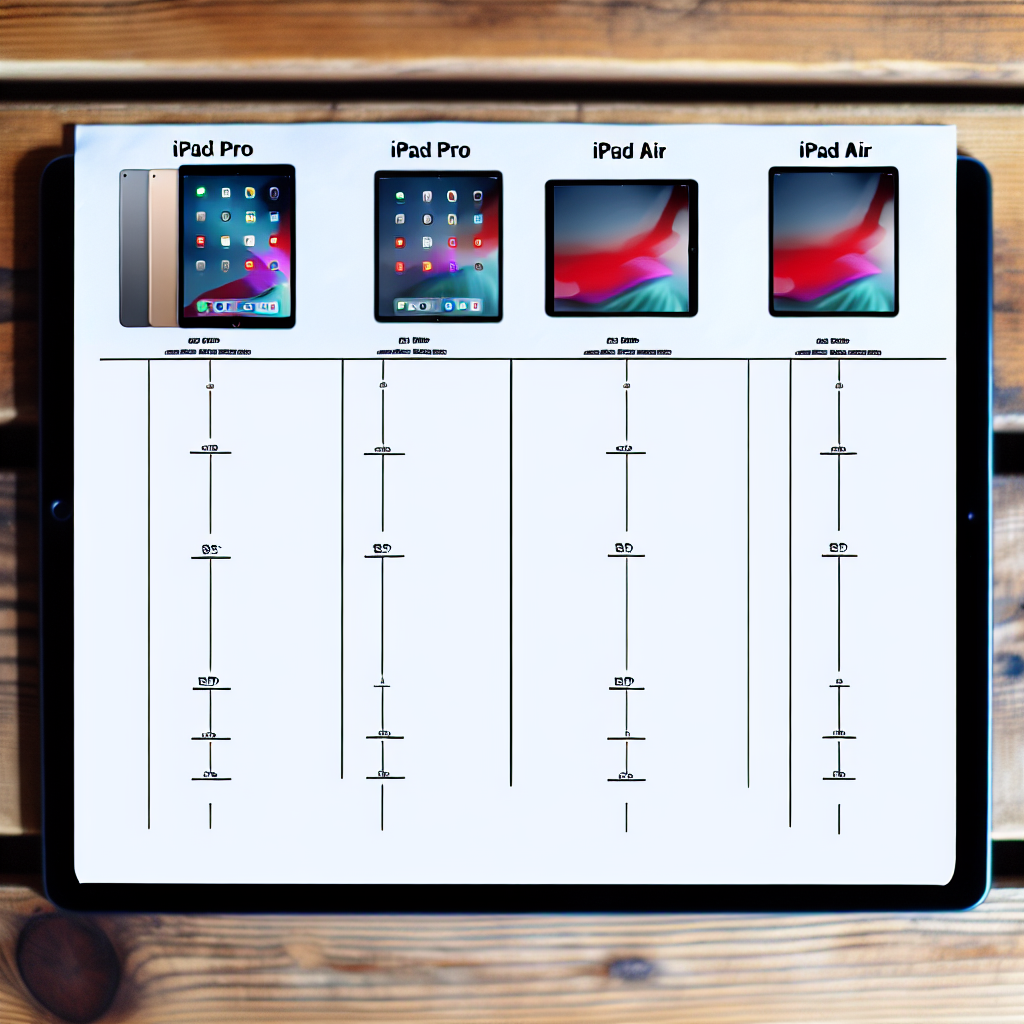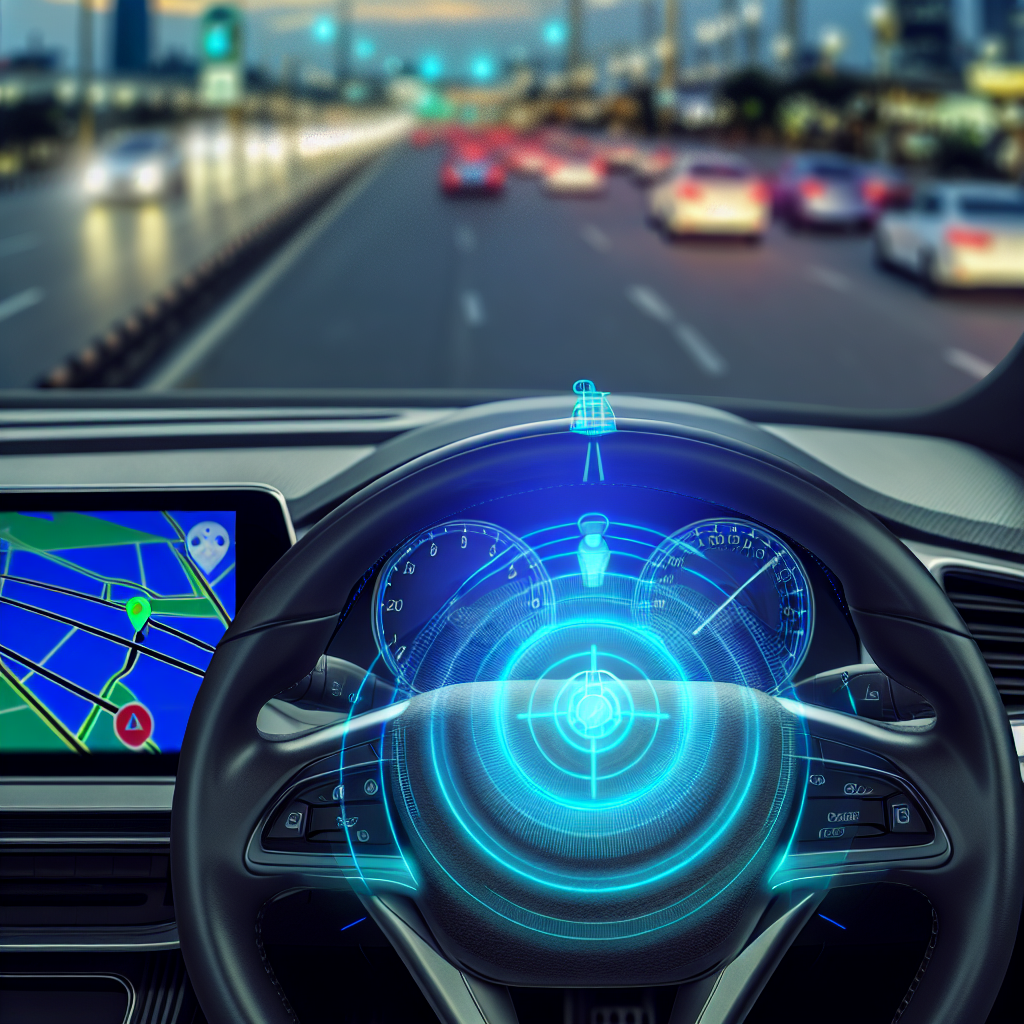Design and Display: A Comparison of the Latest iPad Pro and iPad Air Models
The design and display of a tablet play a crucial role in determining its overall appeal and functionality. Apple has always been known for its sleek and elegant designs, and the latest iPad Pro and iPad Air models are no exception. In this article, we will compare the design and display of the latest iPad Pro and iPad Air models, as well as how they stack up against their predecessors.
Starting with the design, both the iPad Pro and iPad Air feature a slim and lightweight build that is easy to hold and carry. The iPad Pro comes in two sizes, 11 inches and 12.9 inches, while the iPad Air is available in a 10.9-inch size. The iPad Pro models have a flat-edged design reminiscent of the iPhone 12, while the iPad Air retains the rounded edges seen in previous models. Both models have a premium feel, thanks to their aluminum and glass construction.
Moving on to the display, the iPad Pro takes the lead with its Liquid Retina XDR display. This display technology, borrowed from Apple’s Pro Display XDR, offers stunning brightness, contrast, and color accuracy. The 12.9-inch iPad Pro also features Mini-LED backlighting, which further enhances the visual experience by providing deeper blacks and brighter highlights. On the other hand, the iPad Air boasts a Liquid Retina display, which is still impressive but falls short of the iPad Pro’s capabilities.
When comparing the latest iPad Pro and iPad Air models to their predecessors, there are notable improvements in both design and display. The previous generation iPad Pro had rounded edges, similar to the iPad Air, but the latest models have embraced the flat-edged design language seen in Apple’s other devices. This gives them a more modern and cohesive look.
In terms of display, the previous iPad Pro models already had impressive screens, but the introduction of Mini-LED technology in the latest 12.9-inch iPad Pro takes it to a whole new level. The difference in contrast and brightness is immediately noticeable, making it a great choice for professionals who require accurate color representation.
While the iPad Air may not have the same display technology as the iPad Pro, it still offers a fantastic viewing experience. The Liquid Retina display is vibrant and sharp, making it suitable for a wide range of tasks, from watching movies to editing photos.
In conclusion, both the latest iPad Pro and iPad Air models feature sleek designs and impressive displays. The iPad Pro takes the lead with its flat-edged design and the introduction of Mini-LED technology, which results in a more immersive visual experience. However, the iPad Air still holds its own with its vibrant Liquid Retina display. Whether you’re a professional seeking the best display technology or a casual user looking for a versatile tablet, both the iPad Pro and iPad Air have something to offer.
Performance and Features: Analyzing the Differences between the New iPad Pro and iPad Air

The latest iPad Pro and iPad Air models have generated a lot of buzz in the tech world, and for good reason. These devices offer impressive performance and a range of features that make them stand out from previous models. In this article, we will analyze the differences between the new iPad Pro and iPad Air, as well as compare them to their predecessors.
When it comes to performance, both the iPad Pro and iPad Air have received significant upgrades. The new iPad Pro is powered by the M1 chip, which is the same chip found in Apple’s latest Macs. This chip delivers incredible speed and efficiency, making the iPad Pro a true powerhouse. On the other hand, the iPad Air is equipped with the A14 Bionic chip, which is also found in the iPhone 12 lineup. While not as powerful as the M1 chip, the A14 Bionic still offers impressive performance and is more than capable of handling demanding tasks.
In terms of features, the iPad Pro takes the lead with its ProMotion display. This display offers a refresh rate of up to 120Hz, resulting in smoother scrolling and more responsive touch input. The iPad Air, on the other hand, features a standard 60Hz display. Additionally, the iPad Pro comes with a Liquid Retina XDR display option, which offers improved brightness and contrast compared to the iPad Air’s display.
Another notable difference between the two models is the camera system. The iPad Pro boasts a dual-camera setup, consisting of a 12-megapixel wide camera and a 10-megapixel ultra-wide camera. This allows for more versatility when capturing photos and videos. The iPad Air, on the other hand, features a single 12-megapixel camera. While it may not offer the same level of versatility as the iPad Pro, it still delivers excellent image quality.
When comparing the new iPad Pro and iPad Air to their predecessors, it’s clear that both models have seen significant improvements. The previous generation iPad Pro was already a powerful device, but the addition of the M1 chip takes its performance to a whole new level. Similarly, the new iPad Air’s A14 Bionic chip offers a noticeable boost in performance compared to its predecessor.
In terms of features, the new iPad Pro and iPad Air also outshine their predecessors. The ProMotion display and Liquid Retina XDR display option on the iPad Pro are significant upgrades over the previous generation. The camera systems on both models have also been improved, with the new iPad Pro offering a dual-camera setup and the iPad Air featuring a higher resolution camera.
In conclusion, the latest iPad Pro and iPad Air models offer impressive performance and a range of features that set them apart from previous models. The iPad Pro’s M1 chip and ProMotion display make it a true powerhouse, while the iPad Air’s A14 Bionic chip and sleek design make it a compelling option. Whether you’re a professional looking for a device that can handle demanding tasks or a casual user in need of a versatile tablet, both the iPad Pro and iPad Air are excellent choices.
Value for Money: Is the Latest iPad Pro Worth the Upgrade from Previous Models?
The release of the latest iPad Pro has sparked excitement among tech enthusiasts and Apple fans alike. With its sleek design, powerful performance, and advanced features, the iPad Pro is undoubtedly a top-of-the-line tablet. However, many are wondering if it is worth upgrading from previous models, such as the new iPad Air or older versions of the iPad Pro. In this article, we will explore the value for money of the latest iPad Pro and compare it to its predecessors.
One of the key factors to consider when evaluating the value for money of the latest iPad Pro is its price. The iPad Pro is undeniably more expensive than the new iPad Air and older models. However, it is important to note that the latest iPad Pro offers significant improvements in terms of performance and features. It is equipped with the powerful M1 chip, which delivers lightning-fast performance and allows for seamless multitasking. Additionally, the iPad Pro boasts a stunning Liquid Retina XDR display, which offers exceptional color accuracy and brightness. These enhancements justify the higher price tag for those who require top-notch performance and display quality.
Another aspect to consider is the storage capacity of the latest iPad Pro. It is available in various storage options, ranging from 128GB to a whopping 2TB. This is a significant upgrade from previous models, which typically offered lower storage capacities. For users who require ample storage for their files, photos, and videos, the latest iPad Pro provides excellent value for money.
Furthermore, the latest iPad Pro introduces a range of new features that enhance its functionality. One notable addition is the Thunderbolt/USB 4 port, which allows for faster data transfer and supports a wider range of accessories. This is a significant improvement over previous models, which typically featured a USB-C port. Additionally, the latest iPad Pro supports 5G connectivity, enabling faster internet speeds and improved performance in areas with 5G coverage. These new features make the latest iPad Pro a compelling choice for those who prioritize connectivity and versatility.
However, it is important to consider whether these enhancements are necessary for your specific needs. If you primarily use your iPad for basic tasks such as web browsing, email, and media consumption, the new iPad Air or older models may suffice. These models still offer excellent performance and display quality at a more affordable price point. It ultimately comes down to your individual requirements and budget.
In conclusion, the latest iPad Pro offers significant improvements in performance, display quality, storage capacity, and features compared to previous models. However, it comes with a higher price tag. If you require top-notch performance, ample storage, and the latest features, the latest iPad Pro is worth the upgrade. On the other hand, if you primarily use your iPad for basic tasks and are on a tighter budget, the new iPad Air or older models still provide excellent value for money. Ultimately, the decision to upgrade depends on your individual needs and priorities.


